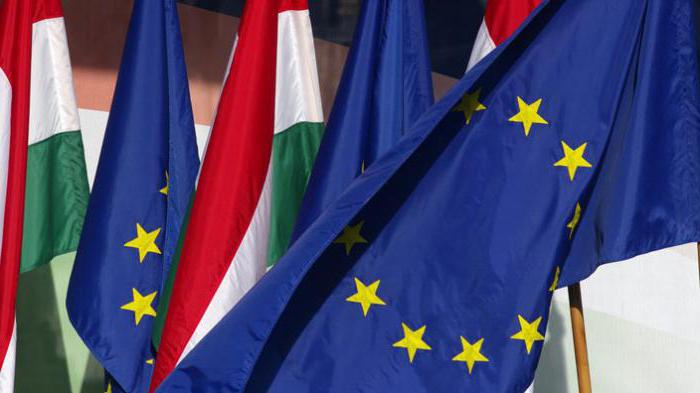The currency of Hungary (forint) has deep historical roots. Hungary is one of the countries that is in no hurry to exchange national money for the euro. Hungarians shorten the name of the currency to the letters Ft, and the international money code looks like HUF.
Story
The common word “forint” arose from the name of the city of Florence, in which the release of fiorino d'oro gold coins began in 1252. Due to frequent economic and political turmoil, the country's currency has changed. With the formation of the new state of Austria-Hungary, a new monetary unit appeared - the Austro-Hungarian krone (later the Hungarian krone), which lasted from 1892 to 1927.
After the war of 1914-1918 the empire was gripped by inflation, which led to monetary reform. Hungarian pengyo equal to 12,500 kroons was put into circulation. The new currency of Hungary lasted until the next economic crisis after the war of 1939–1945. In the second half of 1946, the forint returned to circulation, replacing the pengyo.
Post-war currency
Since the end of the XIX century, the forint was divided into 10 fillers, which was preserved in the XX century with the introduction of the currency. The currency of Hungary (forint) has been stable for a long time, but with the collapse of socialism, it was subject to inflation. Reforming the country's economy helped to protect it from another replacement. Nevertheless, inflation left its mark: fillers were completely withdrawn from the country's turnover in 1999 due to their uselessness.
Coin issue
After the return of the forint, the Mint of Hungary issued coins of 1, 2 and 5 Ft. The money was made of silver. In the next 20 years, the country began to issue Hungarian forints with a face value of 10, 20, and since 1992 coins with a face value of 50, 100, 200 Ft were added to them.

Fillers were issued in denominations of 2, 5, 10, 20 and 50. Since 1992, denominations of 2, 5 have been withdrawn from circulation, after some time the fillers have been completely eliminated.
Currently, coins of 5, 10, 20, 50, 100 and 200 forints are participating in the country's money turnover.
Banknotes
After the forint was approved in 1946 as the national currency, paper equivalents of 10 and 100 Ft were issued. A year later, 20 Ft banknotes came into circulation. 50 forints were only released in 1951. In the course of inflation growth, the face value of banknotes increased: 500, 1000, 2000, 5000, 10,000, 20,000 forints.

On front side of notes one of the great figures of Hungary is depicted, and on the reverse - the area that is associated with the leader. Banknotes are watermarked and interspersed with a metal strip, some contain a holographic strip.
Denominations, regardless of denomination, have the same size: length - 15.4 cm, width - 7 cm. Money is rarely counterfeited, there is more danger in exchanging dollars or euros for forints outside special points.
Hungary and Euro
The country joined the EU back in 2004, however, since then it has not been in a hurry to liquidate the national currency. Along with Poland, the Czech Republic and several other countries, Hungary does not let the euro go into circulation.

It must be said that Hungary itself does not suffer from the absence of the EU currency in circulation. Euro currency easily changes to forints at exchange offices at a favorable rate. Currently, for 1 euro you can buy 312 forints.
Hungary is currently applying a floating exchange rate policy. As an exchange rate anchor acts as an indicator of inflation.
Currency Exchange Features
When going to Hungary, it is worth considering that the best option would be to take euros or dollars with you. It is not necessary to chase the forints in the territory of your country. It is unlikely that it will be possible to make an exchange at a favorable rate, and besides, cash will hardly be needed.
Exchange points are open only on weekdays, on weekends you can find them only in the center of Budapest. After the transaction, a certificate is issued confirming the official currency exchange, which is recommended to be maintained until the moment of departure from the country.
The currency of Hungary is a reliable and stable monetary unit that has passed a difficult path of formation. When the euro goes into circulation is still unknown. Perhaps Hungary itself is not particularly interested in this.

